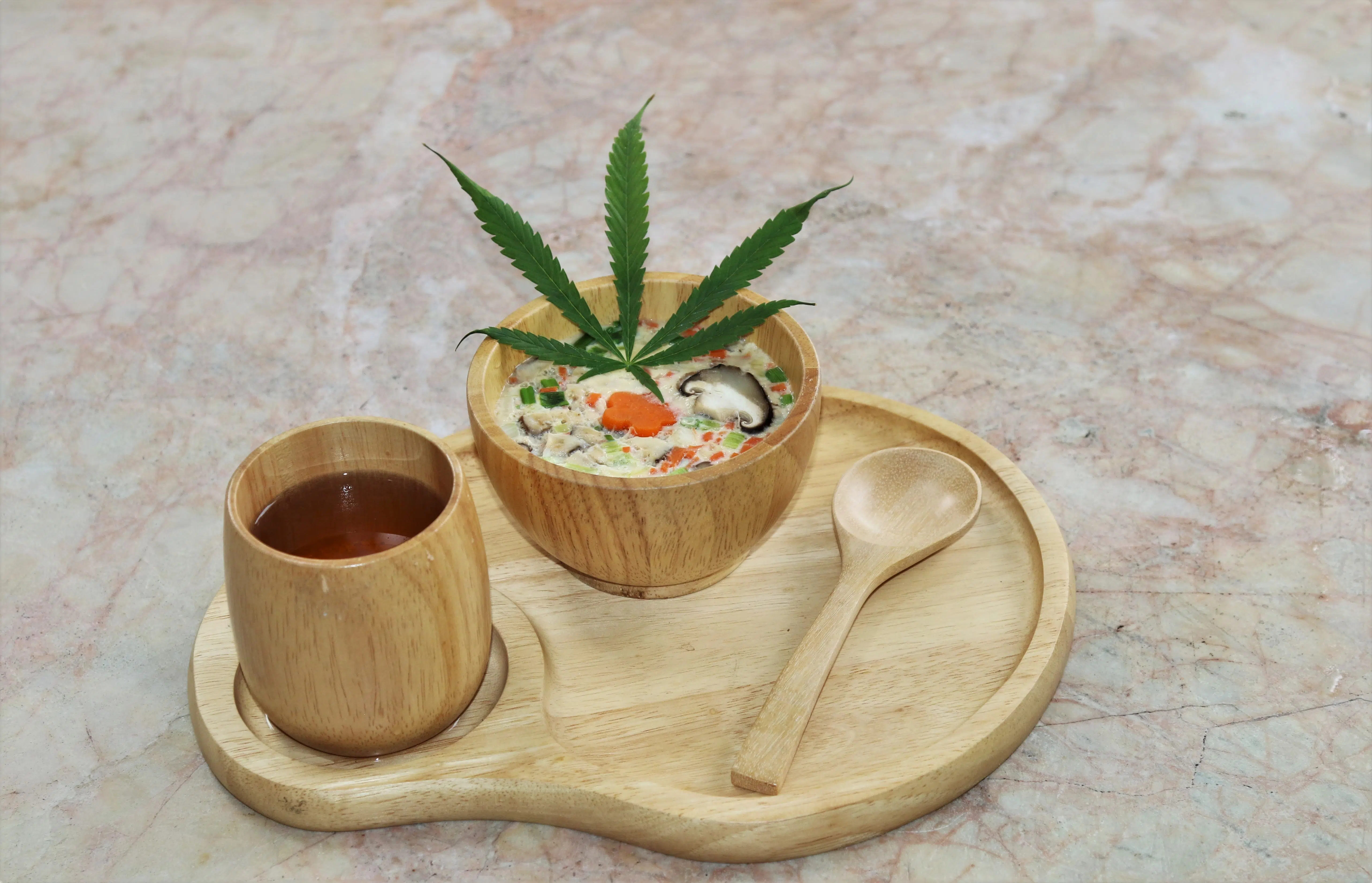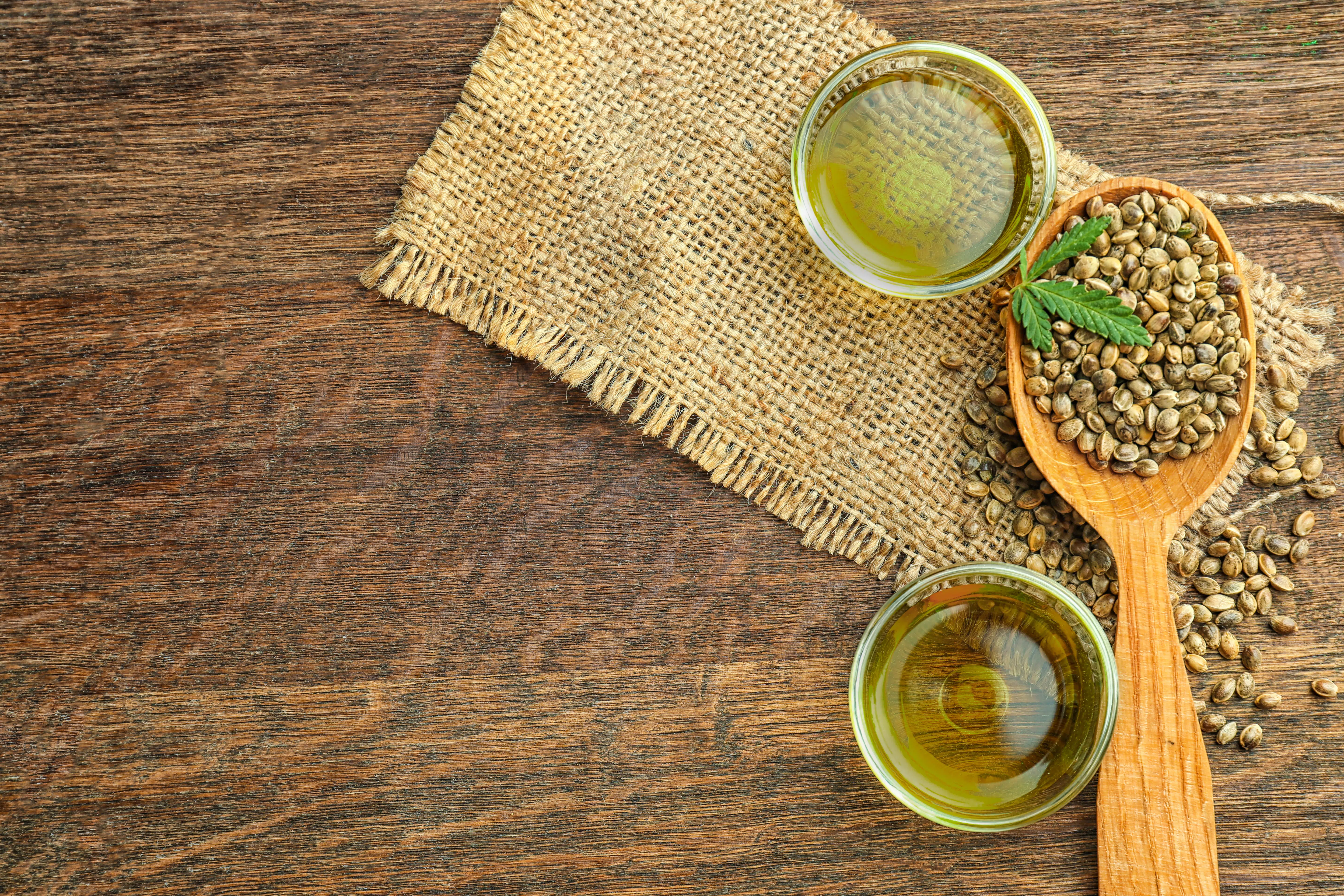Hemp Foods – an overview
Hemp food products are rapidly becoming more popular among all types of people as super food but in general just as a tasty additional to any meal. Read more below.


Contrary to past food products, those in modern production boast a wide variety of flavours and textures that fit into any culinary taste. In addition to savoury foods, desserts and cakes can be baked with hemp flour; hemp seeds (actually a nut covered with a hard shell called an orachene) are baked and seasoned, and hemp beer, wine and sparkling wine are also produced around the world. Hemp dishes are increasingly available on trendy restaurant menus and in healthy-living cookbooks.
Hemp Seeds
Hemp seeds are one of the most complete sources of Omega oils available as well as a prolific source of food grain proteins. Pasta, jam, bread and many other foods may be produced with hemp seeds as a base, and these foods are eaten by athletes, those concerned with their health or anyone looking for a meat-protein alternative. Containing all the healthy essential fatty acids (Omega-), the seeds may be pressed into hemp oil used for cooking and nutrition. The mood and tissue stabilising effects on the inside and healthy skin on the outside make hemp seed oil the perfect dietary supplement for medical or health conscious users who wish to protect their bodies and avoid synthetic ingredients.
Hemp Protein
High in proteins, fibre and essential fatty acids including Omega 3, hemp protein is a smart addition to most diets and an excellent addition to vegetarian and vegan diets as well as those with sensitive digestive systems such as gluten intolerant diets. The protein powder is made from the heart of the hemp seed and has a slightly nutty flavour.
Hemp Oil
Hemp oil products have enjoyed a long tradition of use on the planet, employed in the production of paints, varnishes, lacquers, engine and lamp oil, and much more. The cosmetic use of hemp seed oil allows consumers to purchase natural or organic, hypo-allergenic and Omega- rich lotions, shampoos and crèmes, promoting healthy skin, hair and nails and lessening the effects of ageing. Due to the excellent emollient effects hemp beauty supplies are appearing in larger numbers in high street shops, tanning salons and high-end hair care lines.
Did you like this article?
Please consider donating to us, so we can create more content like this.
Frequently asked questions
What is the difference between Cannabis and Hemp?
Both are part of the Cannabis Sativa L. genus. The difference lies in the presence of the psychoactive substance tetrahydrocannabinol (THC). Industrial cannabis, otherwise known as hemp, includes plants containing up to 0.3% THC in the leaves and flowering heads.
Can I get high from hemp?
No. Industry regulations prevent any industrial hemp variety from containing more than 0.3% of THC, the psychoactive compound in Cannabis. This means that hemp does not contain enough THC to get you high.
What can Hemp be used for?
Industrial applications of hemp are endless. Current application span from construction materials, clothing, foods, nutraceuticals and animal care to name a few.
